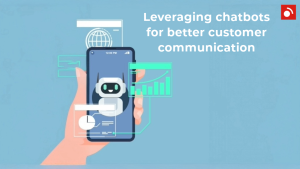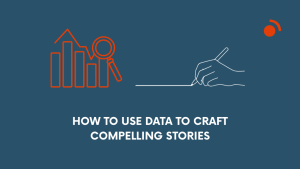Personalized User Experience: The Future of UX Design

Today, users expect more than beautiful interfaces; they demand personalized user experiences that feel intuitive and custom-built for their needs.
In 2025, personalized UX design will become essential for businesses looking to stay competitive and build stronger customer relationships.
What is Personalized User Experience?
Personalized user experience (UX) refers to digital products that adapt content, layout, and interactions based on the user’s behaviors, preferences, and data.
Whether it’s dynamic recommendations, smart onboarding, or adaptive interfaces, personalized UX transforms static experiences into living, evolving journeys.
Companies like Netflix, Spotify, and Amazon lead the way by offering AI-driven personalization that feels seamless and highly engaging.
Why Personalized UX Design Matters
Implementing personalized user experiences leads to major benefits:
• Boosted User Engagement: Users interact more with products that feel tailor-made for them.
• Higher Conversion Rates: Personalized journeys increase the chances of sign-ups, purchases, and loyalty.
• Stronger Emotional Connections: Personalized UX builds trust and emotional resonance with users.
• Reduced Friction: Smart personalization simplifies navigation and reduces user effort.
Incorporating AI and machine learning enables brands to deliver experiences that continuously evolve based on real-time data.
How to Create Personalized User Experiences
Effective personalized UX design requires thoughtful planning:
• User Behavior Tracking: Understand how users interact to create meaningful personalization.
• Segmentation Strategies: Group users based on patterns to deliver targeted content.
• Dynamic Content Delivery: Show different content depending on user profiles or behaviors.
• Predictive Analytics: Use AI to anticipate user needs and customize the experience proactively.
Successful personalization relies on a balance between automation and human-centered design.
Best Practices for Personalized UX
When designing personalized user experiences, follow these best practices:
• Prioritize User Privacy: Be transparent about how data is collected and used.
• Empower Users: Allow users to control or customize their personalized settings.
• Focus on Micro-Personalization: Small personal touches can significantly enhance the experience.
• Test and Iterate: Continuously improve based on user feedback and behavior insights.
Remember, personalized UX design is about making digital interactions feel more human, not just more automated.
The Future of User Experience is Personal
As AI technologies advance, the future of UX will be deeply rooted in personalization strategies. Brands that embrace personalized user experiences will not only improve user satisfaction but also drive business success.
Now is the time to design products that feel less like tools and more like companions.
Written by Sabrine Lachheb
Other articles
-

Discover our online Master in digital communication
-

Taking your international marketing campaign to local markets: interview with transcreation specialist Claudia Benetello
-

What is Targeting and How Does it Work?
-

Online volunteering: a vast universe for Web professionals and translators
-

Meet Fideline Coulaudoux, a CAWEB graduate


